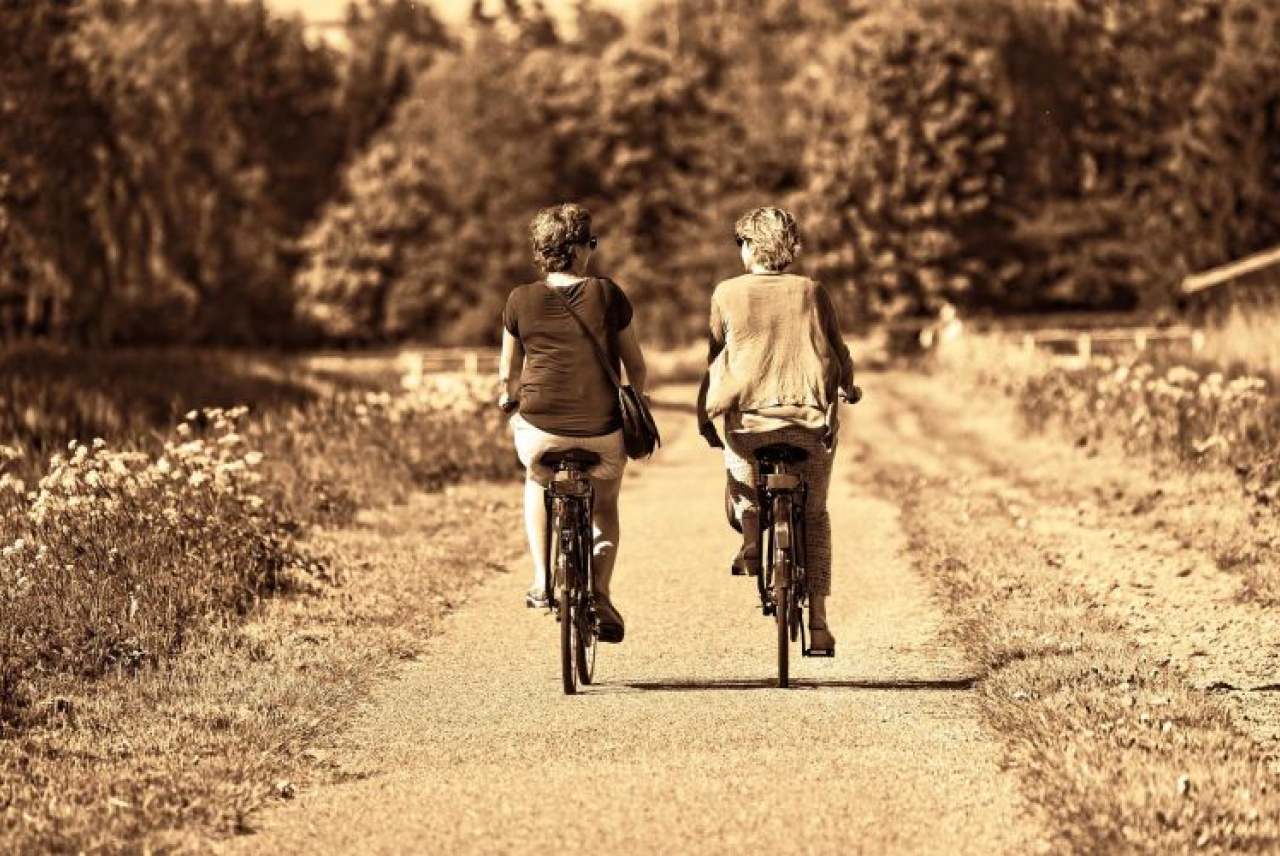Getting around by bike rather than car is good for our mental and physical health, reducing our chance of getting cancer and other long-term diseases. It also reduces carbon emissions and pollution, such as particulate matter and nitrogen oxide. Road transport is responsible for 80% of nitrogen oxides emissions, which is where the UK exceeds the legal limits.
Yet the UK records a mean 2% cycling rate overall, with women making nearly three times fewer cycling journeys than men. In 2018 Sustrans produced a report, ‘Women: Reducing the gender gap’, of 7,700 people surveyed across seven major cities outside of London, which found that 73% of women in these cities never ride a bike.
It’s not that men are more ethically minded than women, or that cycling is more appealing to men than women – 30% of women surveyed who never ride a bike said that they would like to, and 68% said their city would be a better place to live and work if more people cycled. But women have different needs and experiences to men, and these are not being translated well into transport planning.
A key issue is that women generally report heightened fears of traffic than men. 76% of women in the survey who cycle, or would like to start, would find cycle routes along the road (but physically separated from traffic) very helpful in this.
Women are furthermore more likely to make chain trips: dropping children off at school, then travelling on to work, to the shops and then back to pick up the children. Parts of these trips are often in radial areas rather than in city centres. Cycling infrastructure is getting better inside cities, whether it’s on protected cycleways, on main roads, or on quieter back routes. But radial journeys in outer cities are still under represented.
How to improve things
There are a number of things that can be done to improve the situation. We need more women in transport planning, and communities should be better involved in proposals for new cycling infrastructure from the start, so that the needs of communities are fully integrated into its location and design.
We also need more women to get out on their bikes and then to feedback to their local councillors about what is needed to make their journey safer and more pleasant. Local authorities have tight budgets and competing pressures, and so we need to create political pressure to make them invest in cycling infrastructure that works for everyone.
It is entirely possible to transform the way we travel around in the UK, and it is entirely possible to reduce the gender gap between men and women in cycling.
Denmark has achieved this, with the University of Copenhagen finding no difference between the participation of men and women in cycling there. But Denmark has been investing in good cycling infrastructure since the 1970s, and has over 230km of on-street protected cycle tracks in Copenhagen alone, allowing most journeys to be taken safely by bicycle. We need to create the public groundswell in the UK to do the same thing. It’s better for our health, our economy and, of course, for the environment in which we live.
Rachel White is the senior policy and political advisor at Sustrans.





